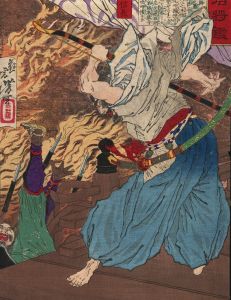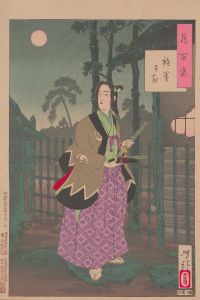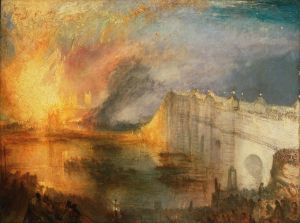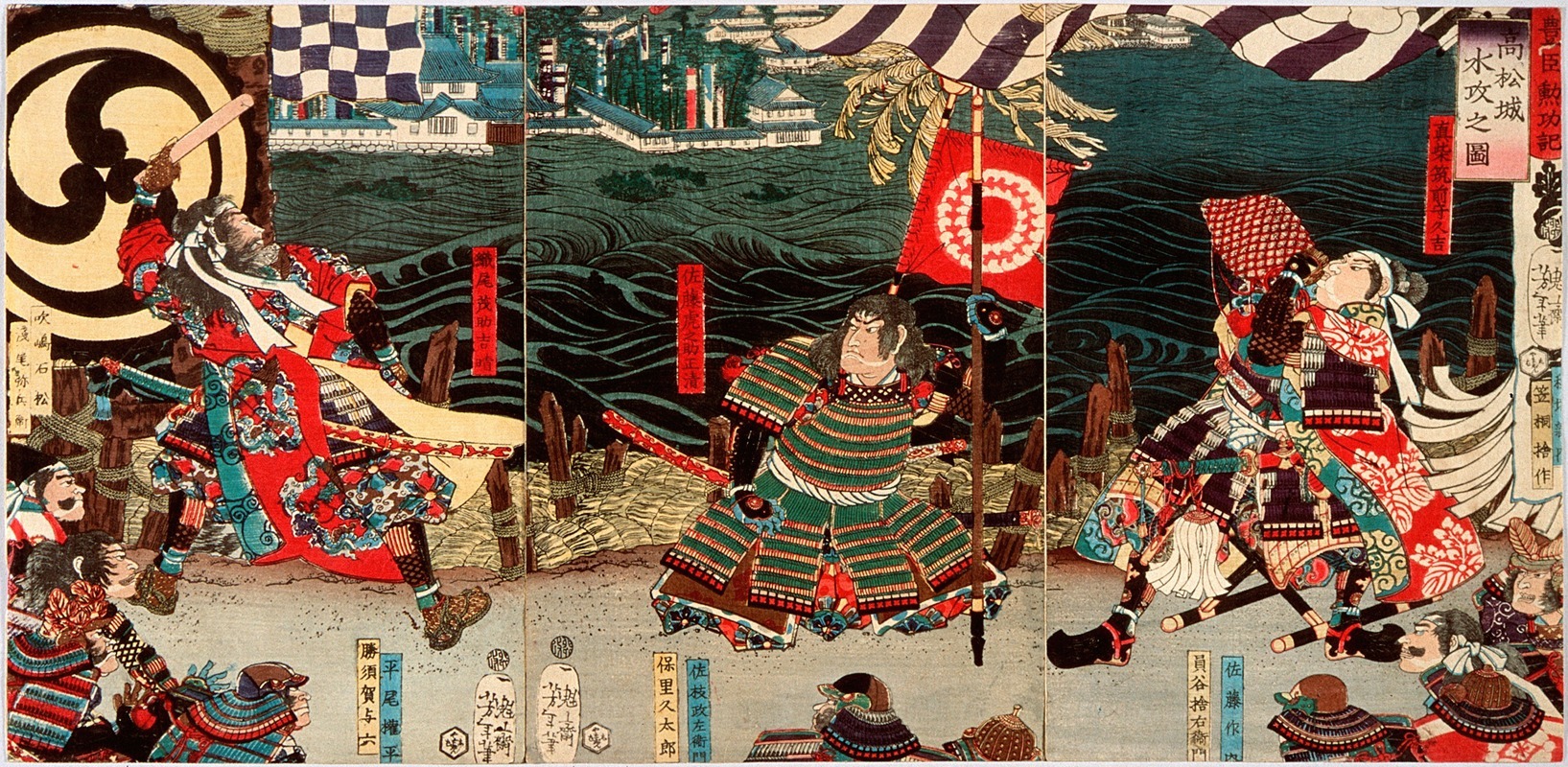
The Siege and Submergence of Takamatsu Castle
A hand-painted replica of Tsukioka Yoshitoshi’s masterpiece The Siege and Submergence of Takamatsu Castle, meticulously crafted by professional artists to capture the true essence of the original. Each piece is created with museum-quality canvas and rare mineral pigments, carefully painted by experienced artists with delicate brushstrokes and rich, layered colors to perfectly recreate the texture of the original artwork. Unlike machine-printed reproductions, this hand-painted version brings the painting to life, infused with the artist’s emotions and skill in every stroke. Whether for personal collection or home decoration, it instantly elevates the artistic atmosphere of any space.
"The Siege and Submergence of Takamatsu Castle" is a woodblock print created by the renowned Japanese artist Tsukioka Yoshitoshi (1839–1892). Yoshitoshi is widely regarded as one of the last great masters of the ukiyo-e tradition, a genre of Japanese art that flourished during the Edo period and is characterized by its use of woodblock printing and painting. This particular work is part of Yoshitoshi's series "A New Selection of Eastern Brocade Pictures" (Shinsen Azuma Nishiki-e), which was produced in the late 19th century.
The artwork depicts a historical event from the Sengoku period (1467–1615), a time of intense military conflict and political upheaval in Japan. The siege of Takamatsu Castle occurred in 1582 and was a pivotal battle during the campaigns of Toyotomi Hideyoshi, one of Japan's most prominent unifiers. Takamatsu Castle, located in Bitchu Province (modern-day Okayama Prefecture), was a stronghold of the Mori clan, who opposed Hideyoshi's forces.
The siege is particularly notable for Hideyoshi's innovative military strategy. Rather than launching a direct assault on the well-fortified castle, Hideyoshi ordered the construction of dikes to divert nearby rivers and flood the castle. This tactic, known as "mizuzeme" (water attack), effectively cut off supplies and forced the defenders into submission without extensive bloodshed. The flooding of Takamatsu Castle is considered one of the most ingenious strategies of the Sengoku period.
Yoshitoshi's print captures the dramatic moment of the castle's submergence, emphasizing the tension and chaos of the event. The composition likely includes elements such as soldiers, the rising waters, and the besieged castle, though specific details of the print's imagery may vary depending on the edition and interpretation. Yoshitoshi's work is celebrated for its dynamic use of color, intricate detail, and ability to convey emotion, all of which are evident in this piece.
As with many of Yoshitoshi's works, "The Siege and Submergence of Takamatsu Castle" reflects both historical narrative and artistic innovation, blending traditional ukiyo-e techniques with a modern sensibility that appealed to audiences of the Meiji era (1868–1912). The print serves as both a historical document and a testament to Yoshitoshi's skill as an artist.
Further details about the specific print, such as its dimensions, current location, or collection, may not be readily available.







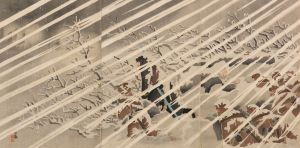
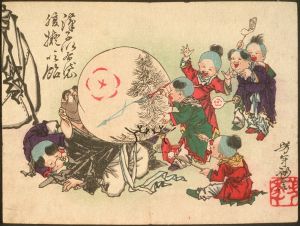
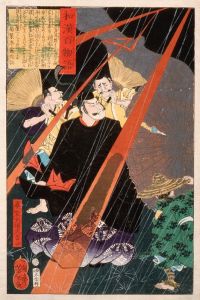
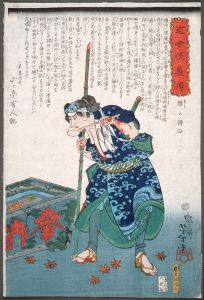

![Musha]taira no tomomori](/imgs/225657/s/tsukioka-yoshitoshi-mushataira-no-tomomori-bb591b96.jpg)
